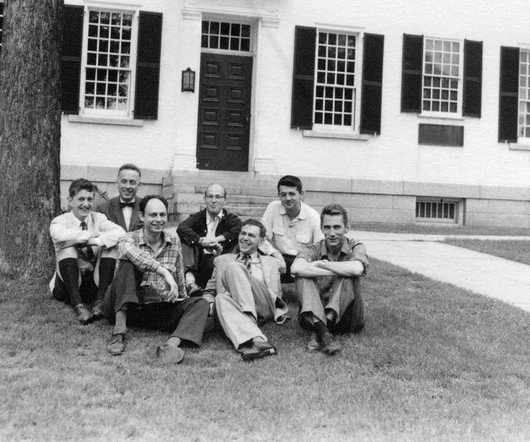Researchers develop efficient single-atom Ni catalyst for conversion of CO2 to CO
Green Car Congress
MARCH 2, 2018
A competing reaction, called the hydrogen evolution reaction (HER) or “water splitting,” takes precedence over the CO 2 conversion reaction. —Haotian Wang, a Rowland Fellow at Harvard University and the corresponding author. This study was supported in part by the Rowland Institute at Harvard University.




































Let's personalize your content